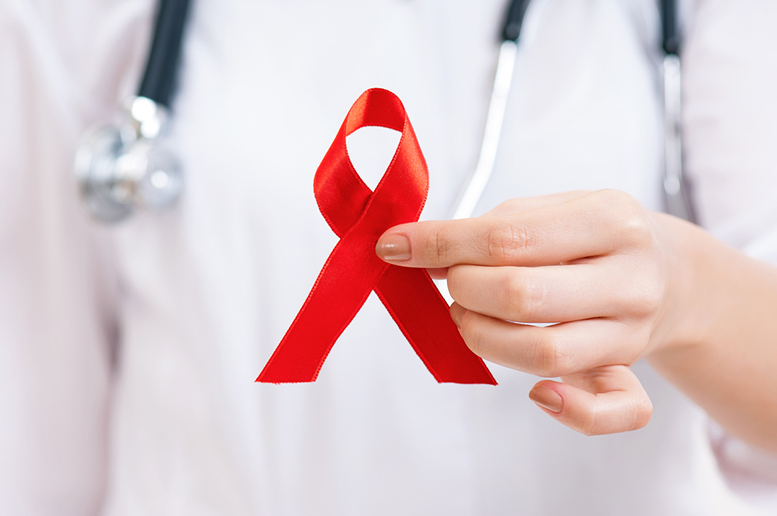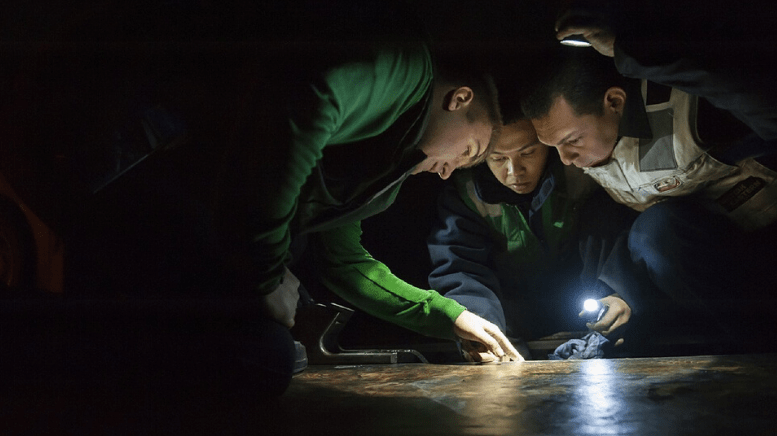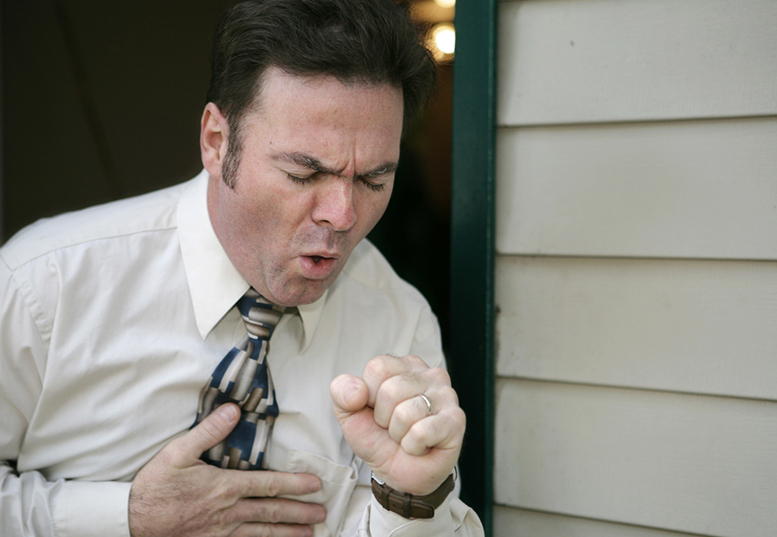Most people are surprised to find that there are two herpes viruses – one that causes cold sores and the other that causes chickenpox, which can cause herpes eye disease. You can get herpes in your eye, but it isn’t the same kind you get from sex. Two types of herpes viruses can lead to serious eye problems. One also causes cold sores, and the other also leads to chickenpox. Neither is the same strain that causes genital herpes. That means you can’t get the eye problems, which your doctor might call herpetic eye disease.
The varicella-zoster virus is the one that causes chickenpox and shingles. When it affects your eye, it’s called herpes zoster ophthalmicus. Herpes simplex type 1, or HSV1, which causes cold sores on your lips and mouth, can also lead to eye problems. It usually results in an infected cornea. Your doctor will call this herpes simplex keratitis. Herpes simplex type 2 (HSV2) can also cause keratitis, mostly in newborns, but it’s rare. Like many viruses, these two viruses may have been in your body for some time. They’re close to your nerve fibers, but they usually don’t cause problems. When the virus propagates from one part of the body or moves to another, it erupts. A weakened immune system makes you more likely to develop disease.
Symptoms of herpes zoster ophthalmicus include: Severe pain on one side of the face, in your scalp, or around your eyes. Redness, rash, or sores on your eyelids and around the eyes, especially on the forehead. A rash on the tip of your nose. Eye redness. A swollen or cloudy cornea. If symptoms involve only your eye, it’s probably herpes simplex keratitis. You might notice: Pain in and around one eye. Eye redness. A feeling of dirt or grit in your eye. Overflowing tears. Pain when you look at bright light. Cloudy or swollen cornea.
Your doctor may check your eye pressure and use special dye to study the surface of your cornea. He will prescribe antiviral eye drops, pills, or both. Take what he gives you for as long as he says to take it. Your eye might start to look or feel better soon, but the infection could come back if you stop treatment too soon. He might also give you steroid eye drops. They can control the disease if you get them at the right time, but they can also raise eye pressure. You’ll need regular office visits during treatment so the doctor can keep track of it. You could also get an eye drop that keeps your pupil dilated (open). It will prevent spasms in your eye muscles and ease your pain. It might start to look better after a few days, but still hurt. That doesn’t mean that treatment isn’t working. The medications will do their job, and the pain will go away. It’s rare, but if you have the kind of virus that causes shingles, your eye could hurt for weeks or months. If that happens, your doctor might try other options, like sending you to a chronic pain specialist.








